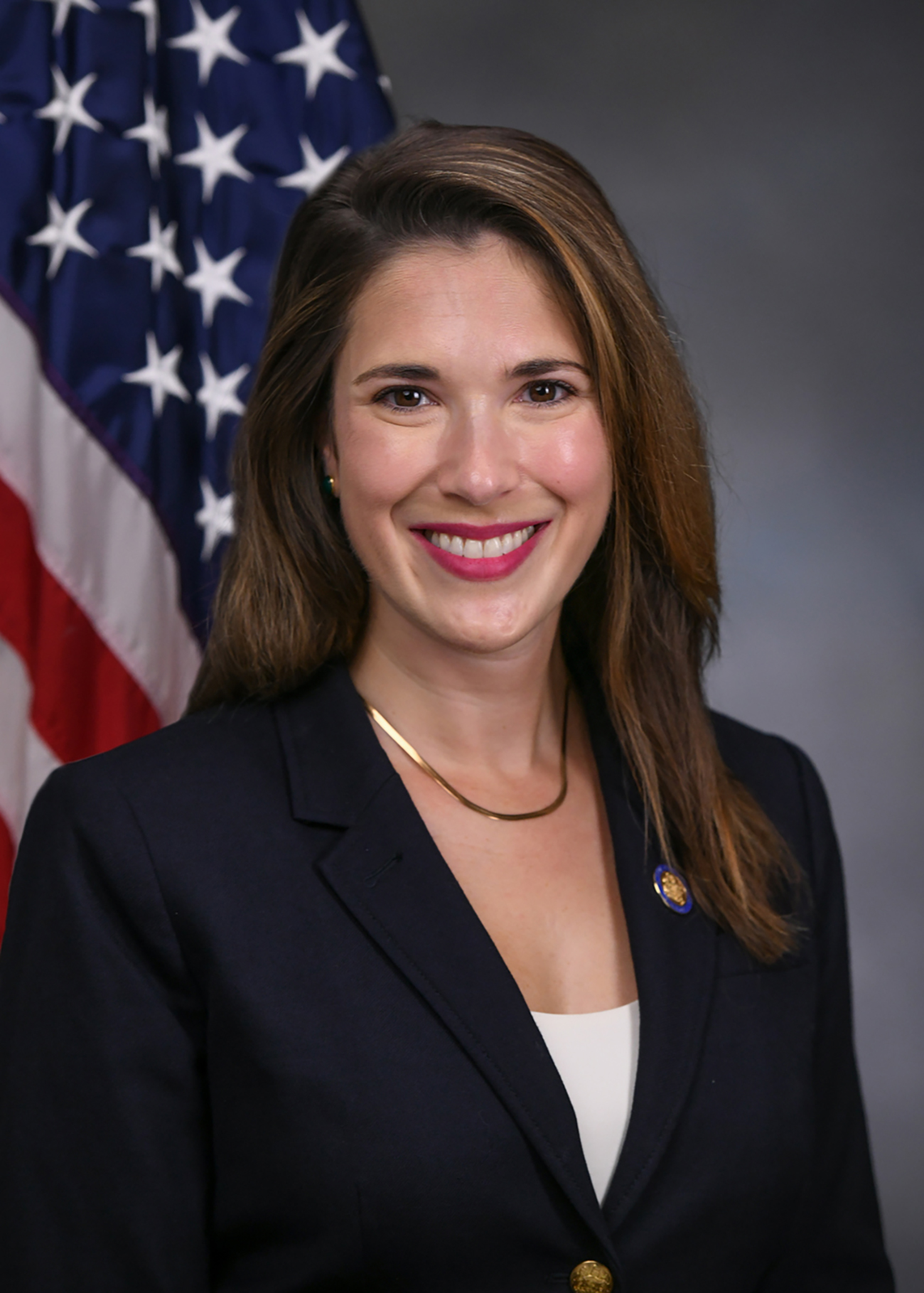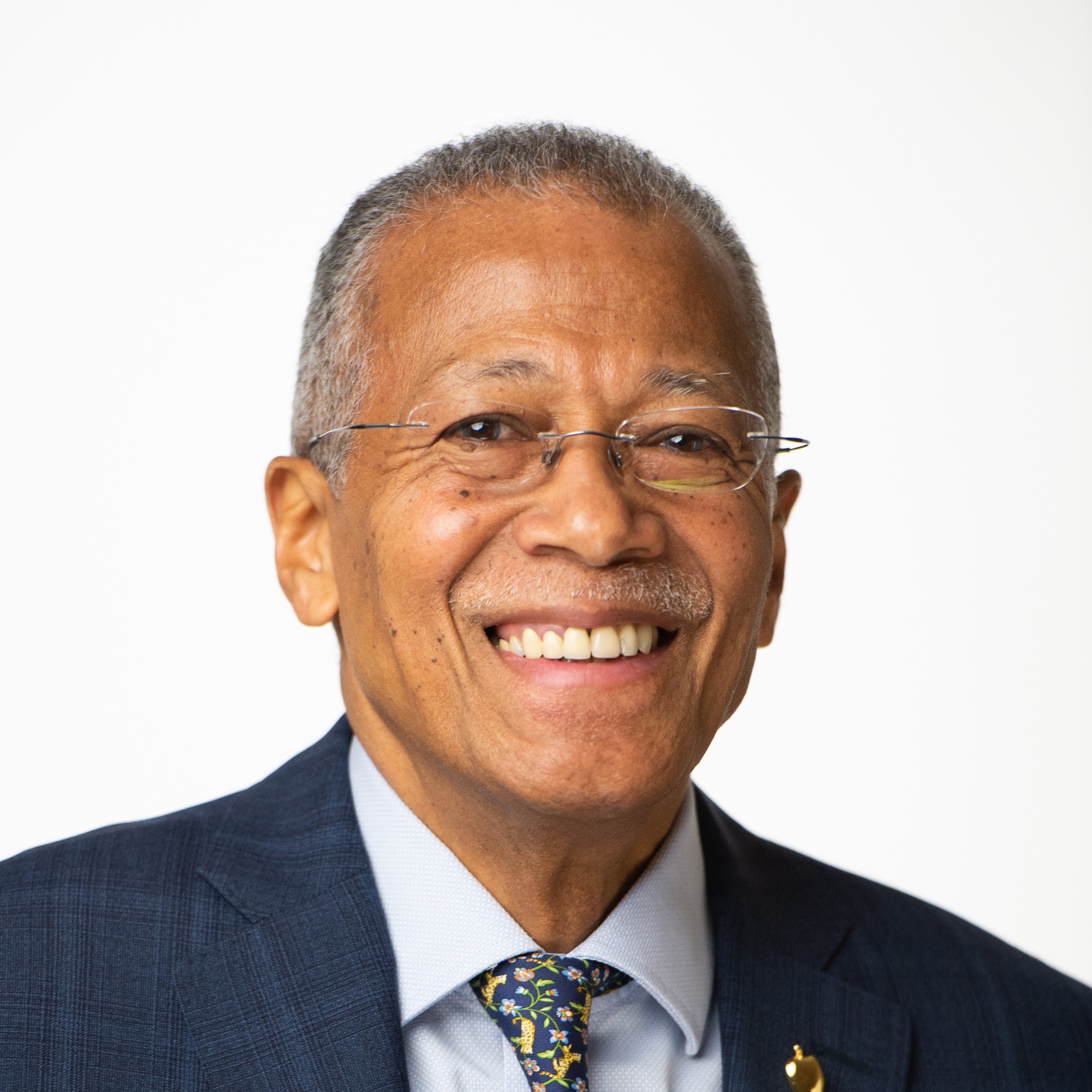LBD15953-06-2
S. 9462 2
services, or their designee, and (iv) five members with experience work-
ing with issues related to affordable housing; (c) eight members to be
appointed by the temporary president of the senate including (i) a
tenants' rights advocate with experience in providing legal services to
tenants, (ii) a representative of building service or construction
trades, (iii) a real estate trade association representative, (iv) one
member of the New York state senate, and (v) four members with experi-
ence working with issues related to affordable housing; (d) eight
members to be appointed by the speaker of the assembly including (i) a
tenants' rights advocate with experience in providing legal services to
tenants, (ii) a representative of building service or construction
trades, (iii) a real estate trade association representative, (iv) one
member of the New York state assembly, and (v) four members with experi-
ence working with issues related to affordable housing.
2. The commissioner of the division of housing and community renewal
shall serve, ex officio, as the chair of the commission. A member of
the senate appointed to the commission by the temporary president of the
senate and a member of the assembly appointed to the commission by the
speaker of the assembly shall be designated by each to serve as the
co-chairs of the commission. In appointing members to the commission,
appointing authorities shall ensure that such members, as a group,
represent diverse perspectives relevant to the duties of the commission
and shall represent the geographic diversity of the state.
3. The members of the commission shall serve at the pleasure of their
appointing authority. Any vacancy that occurs in the commission shall be
filled in the same manner in which the original appointment was made. No
member of the commission shall be disqualified from holding any other
public office or employment, nor shall he or she forfeit any such office
or employment by reason of his or her appointment hereunder, notwith-
standing the provisions of any general, special, or local law, ordi-
nance, or city charter.
4. The members of the commission, except those who serve ex officio,
shall be allowed their actual and necessary expenses incurred in the
performance of their duties under this act but shall receive no addi-
tional compensation for services rendered pursuant to this act.
5. The commission, on call of the chair, shall meet in-person or via
electronic means at least monthly and at such other times as may be
necessary. The commission may establish rules and procedures regarding
conduct of its meetings and other affairs. A quorum shall be necessary
for the conduct of official business by the commission or any committee
or subcommittee thereof. Unless otherwise provided by law, fifty percent
or more of the appointed members of the commission or any committee,
when applicable, shall constitute a quorum. The commission may estab-
lish committees and subcommittees.
6. The division of housing and community renewal shall provide tech-
nical assistance and data to the commission as may be necessary for the
commission to carry out its responsibilities pursuant to this section.
To the maximum extent feasible, the commission shall be entitled to
request and receive and shall utilize and be provided with such facili-
ties, resources and data of any department, division, board, bureau,
committee, agency or public authority of the state or any political
subdivision thereof as it may reasonably request to properly carry out
its powers and duties pursuant to this act.
7. Appointments to the commission shall be made no later than thirty
days after the effective date of this act.
S. 9462 3
8. Any vacancy in the commission shall not affect the powers of the
commission, and shall be filled in the same manner as the original
appointment.
9. The commission shall meet not later than thirty days after the date
on which a majority of the members of the commission have been
appointed.
§ 4. Definitions. As used in this act, the following terms shall have
the following meanings:
1. "Affordable housing" means a dwelling unit that does not cost-bur-
den an extremely low income household, a very low income household, a
low income household, a moderate income household, or a middle income
household, as the case may be.
2. "Low income housing" and "public housing" shall have the same mean-
ings given to those terms in 42 U.S.C. 1437a (b).
3. "Commissioner" means the commissioner of the division of housing
and community renewal.
4. "Rural" or "rural area" means any open county, or any place, town,
village, or city which is not part of or associated with an urban area
and which:
(a) has a population not in excess of twenty-five hundred residents;
(b) has a population in excess of twenty-five hundred residents but
not in excess of ten thousand residents if such area is rural in nature;
or
(c) has a population in excess of ten thousand residents but not in
excess of twenty thousand residents, and is not contained within a stan-
dard metropolitan statistical area.
5. "Urban" or "urban area" means an area as designated by the United
States census bureau having a population of five thousand or more and
not within any urbanized area, within boundaries to be fixed by state
and local officials in cooperation with each other. Such boundaries
shall encompass, at a minimum, the entire urban area as designated by
the United States census bureau.
6. "Urbanized area" means an area with a population of fifty thousand
or more designated by the United States census bureau, within boundaries
to be fixed by state and local officials in cooperation with each other.
Such boundaries shall encompass, at a minimum, the entire urbanized area
as designated by the United States census bureau.
7. "Suburb" or "suburban area" means a mixed-use or residential area,
existing either as part of a city or urban area, or as a separate resi-
dential community that is not an urban area within commuting distance of
a city.
8. "Middle income household" means a household that has an income of
more than one hundred twenty percent of the area median income but no
more than one hundred sixty percent of the area median income, adjusted
for the size of the household, as determined by the United States
department of housing and urban development.
9. "Moderate income household" means a household income of more than
eighty percent of the area median income but no more than one hundred
twenty percent of the area median income, adjusted for the size of the
household, as determined by the United States department of housing and
urban development.
10. "Low income household" means a household income of more than fifty
percent of the area median income but no more than eighty percent of the
area median income, adjusted for the size of the household, as deter-
mined by the United States department of housing and urban development.
S. 9462 4
11. "Very low income household" means a household income of more than
thirty percent of the area median income but no more than fifty percent
of the area median income, adjusted for the size of the household, as
determined by the United States department of housing and urban develop-
ment.
12. "Extremely low income household" means income not in excess of
thirty percent of the area median income, adjusted for the size of the
household, as determined by the United States department of housing and
urban development.
§ 5. Duties and responsibilities of the commission. 1. The mission of
the commission is to make specific recommendations to the legislature on
how to preserve and maintain existing affordable housing, to support the
development of new affordable housing in the state of New York, to
strengthen and grow diverse and stable communities, and to maximize the
impact of private, state, local and federal resources by ensuring long
term affordability.
2. The commission shall:
(a) evaluate and measure access to affordable housing for extremely
low income, very low income, low income, moderate income, and median
income households in urban, rural and suburban areas across the state,
including, but not limited to, single family homes with four units or
less, multiple residences, multiple dwellings, public housing accommo-
dations, and mobile and manufactured homes;
(b) evaluate and quantify the costs incurred by other state, and local
programs due to a lack of affordable housing;
(c) evaluate and make recommendations to the legislature on how to
address affordable housing access for higher need populations, including
but not limited to people of color, veterans, persons with disabilities,
independent seniors, workforce and public servants, single parents and
kinship care, and extremely low income households;
(d) evaluate and make recommendations to the legislature on how to
address affordable housing access across the state, by geography,
region, size of localities, and proximity to public transportation;
(e) evaluate and make recommendations to the legislature on how to use
affordable housing to improve the effectiveness of state, and local
programs and improve life outcomes including, but not limited to, great-
er income stability, better education and physical and mental health
outcomes for adults and children;
(f) evaluate and make recommendations to the legislature on how to
support the development of more affordable housing, preserve existing
affordable housing and how to use affordable housing to improve the
effectiveness of state and local programs and improve life outcomes for
individuals living in New York;
(g) evaluate and make recommendations to the legislature on real prop-
erty tax assessments, abatement and exemption incentives to support the
development of more affordable housing and preserve existing affordable
housing, and homeowner assistance;
(h) evaluate and make recommendations to the legislature on eviction
protections, stabilizing rents, and the impact short term rentals have
on housing vacancy rates;
(i) evaluate and make recommendations to the legislature on labor and
worker concerns during the construction and post-construction phases of
affordable housing development, including wages, work-site safety, and
employment protections;
(j) evaluate and make recommendations to the legislature on zoning
laws and rules and land use restrictions, housing density and accessory
S. 9462 5
dwelling units, vacant property conversions, and transit oriented
affordable housing development;
(k) evaluate and make recommendations to the legislature on Federal
housing and urban development section 8 and section 9 public housing
programs, housing assistance vouchers and supplemental payments;
(l) evaluate and make recommendations to the legislature on affordable
homeownership opportunities, foreclosure prevention, rehabilitation and
restoration options, demolition and reconstruction, new construction,
and down payment assistance;
(m) evaluate and make recommendations to the legislature on fair hous-
ing, housing equity and inclusion, and reversing the residual effects of
redlining; and
(n) evaluate and make recommendations to the legislature on the
conversion of existing vacant or blighted property into affordable or
supportive housing.
3. The commission shall utilize any available survey and statistical
data related to the purpose of the commission to complete comprehensive
reports that evaluate and quantify the impact that a lack of affordable
housing has on current conditions and future life outcomes for individ-
uals living in New York, including:
(a) education;
(b) employment;
(c) income level;
(d) disability, and physical and mental health;
(e) nutrition;
(f) access to transportation;
(g) the poverty level of the neighborhood in which individuals live;
(h) geographical location and access to public transportation;
(i) regional economic growth;
(j) home ownership;
(k) neighborhood and rural community stability and revitalization; and
(l) other areas of life and future life outcomes related to the
purpose of the commission necessary to complete a comprehensive report.
4. The commission may request and shall receive any and all informa-
tion from any other state or local agency the commission considers
necessary to carry out this act.
5. The commission may hold such hearings, take such testimony and
receive such evidence as the commission considers advisable to carry out
this act. The commission shall also hold at least one public hearing in
the city of New York and two public hearings outside of the city of New
York in different regions of the state.
6. Reports and recommendations to the legislature by the commission
shall be submitted to the legislature annually, the first report shall
be due no later than December 31, 2022.
§ 6. This act shall take effect immediately and shall expire and be
deemed repealed one year after the date on which all members of the
commission are first appointed pursuant to section three of this act;
provided that the co-chairs of the commission shall jointly notify the
legislative bill drafting commission upon the occurrence of such
appointments in order that the commission may maintain an accurate and
timely effective data base of the official text of the laws of the state
of New York in furtherance of effectuating the provisions of section 44
of the legislative law and section 70-b of the public officers law.



